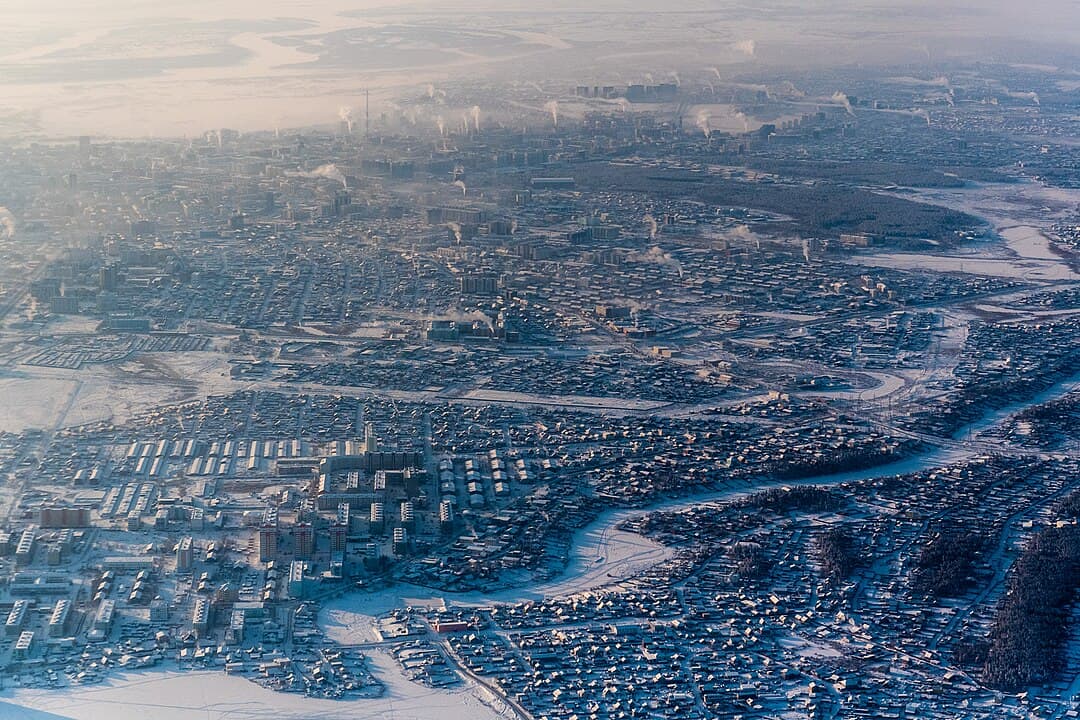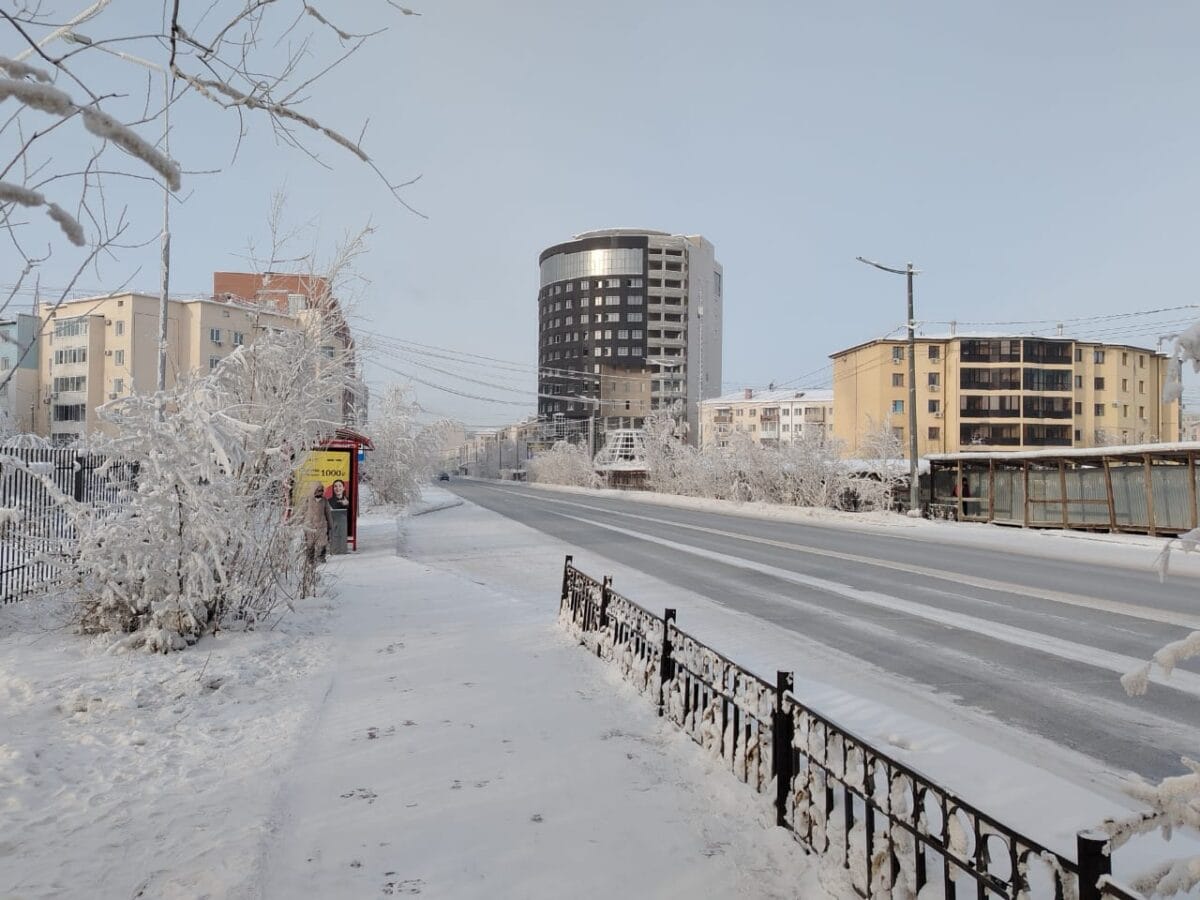When you imagine extreme cold, images of Antarctica or remote mountain peaks might come to mind. But what if we told you there are entire cities and communities where people not only live—but thrive—amid temperatures that can plummet well below -70°F? Welcome to the astonishing reality of the coldest inhabited places on Earth, where survival is a daily feat and life is sculpted by ice.
Yakutsk: The Coldest City on Earth

Located deep in eastern Siberia, the city of Yakutsk, capital of Russia’s Sakha Republic, proudly holds the title of the coldest city on Earth. With a population of approximately 355,500, it is a bustling hub where modern life unfolds in one of the harshest climates on the planet.
The average temperature in January hovers around -41°F (-40°C)—a temperature most of the world would consider extreme. But for Yakutsk’s residents, it’s simply part of everyday life. In January 2023, the city experienced an extraordinary cold spell, recording a frigid -80°F (-62.7°C)—the coldest it had been in over two decades.
Living in the Freeze: How People Adapt

Despite these brutal temperatures, residents of Yakutsk have developed clever ways to cope. Homes are heated constantly, and cars are often left running for hours to prevent fuel from freezing solid. In the streets, people wear multiple layers of thick clothing, including traditional fur-lined garments that have been used for generations.
Surprisingly, Yakutsk records fewer cold-related fatalities than some parts of the world with milder winters. The reason? Infrastructure here is designed specifically for the cold. Unlike some temperate regions where poorly insulated homes and inadequate heating pose a danger, life in Yakutsk is built to endure the chill.
Oymyakon: The Coldest Inhabited Place on Earth

Even colder than Yakutsk, Oymyakon is a small rural locality in the same region, often considered the coldest permanently inhabited place on Earth. Though it doesn’t qualify as a city due to its small population of just 500 to 900 people, its temperatures are record-breaking.
The lowest temperature ever recorded in Oymyakon is a staggering -88°F (-66.7°C)—cold enough to freeze exposed skin in seconds. Yet, even here, people live, raise families, tend livestock, and go about their daily lives. It’s a testament to human adaptability and resilience.
Why Is It So Cold? The Science Behind the Chill

These bone-chilling temperatures aren’t just the result of being far north. The geographic and climatic conditions of the Sakha Republic make it uniquely vulnerable to extreme cold.
The region lies in the heart of a vast continental landmass, far from moderating influences of oceans. During winter, clear skies and snow-covered ground reflect solar radiation, which means less heat is absorbed during the day, and more is lost at night. This combination of radiational cooling and albedo effect creates a freezer-like environment across large areas.
A Climate That Shapes Culture and Community

In places like Yakutsk and Oymyakon, the cold isn’t just a season—it’s a way of life. Children go to school at -40°F, families share warmth-centered traditions, and infrastructure is tailored for life in subzero temperatures. From permafrost buildings to thermal street covers, the cold has inspired some of the most creative architectural and lifestyle adaptations on the planet.
The Paradox of Resilience

What makes these communities so fascinating isn’t just their location—it’s their ability to turn adversity into routine. People in Yakutsk enjoy markets, theaters, schools, and daily commutes just like in any other city. In Oymyakon, children play in snowbanks while elders recount stories of winters colder than any thermometer could measure.
In fact, these regions serve as living laboratories, demonstrating how human ingenuity and determination can flourish even in environments that would seem inhospitable to most.
Final Thoughts: Life on Ice

The coldest inhabited places on Earth may seem surreal, but they are thriving, vibrant communities with rich traditions and remarkable stories. Whether it’s the neon lights of Yakutsk shimmering through the frost or the deep silence of Oymyakon under a sky full of stars, these frozen frontiers remind us just how versatile and resilient humanity can be.
So next time you’re bundled up and complaining about a chilly morning, remember there’s a city where -40°F is just another Monday—and people there wouldn’t have it any other way.
- Deadly Beauties: The World’s Most Lethal Jellyfish - August 9, 2025
- How Native American Lunar Cycles Enhance Modern Zodiac Interpretations - August 8, 2025
- 10 Golden Facts About Our Favorite Retriever - August 8, 2025

